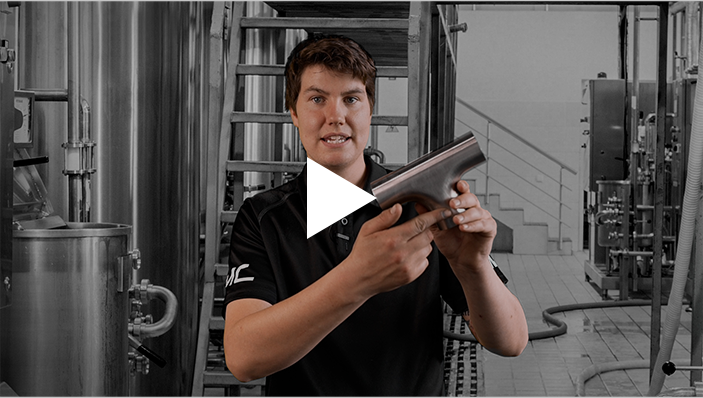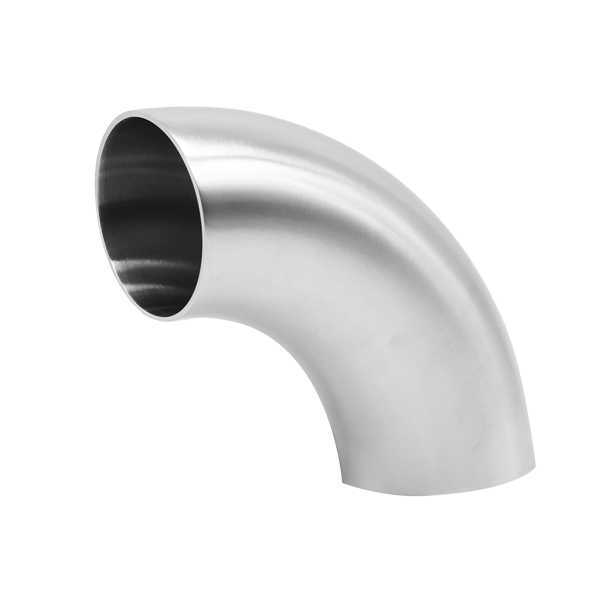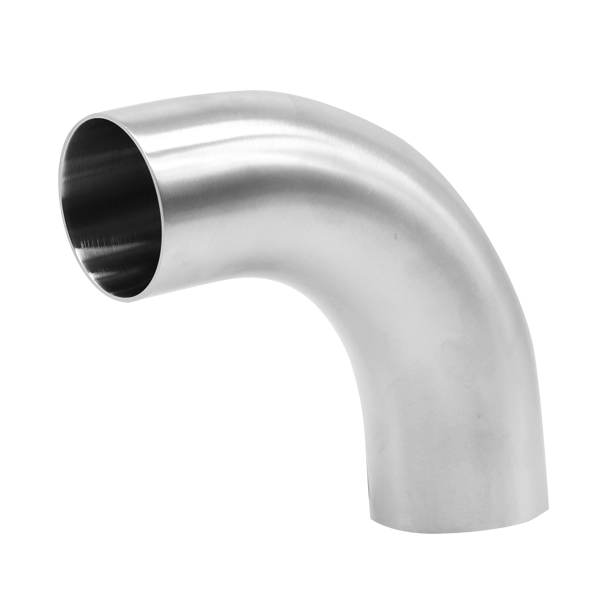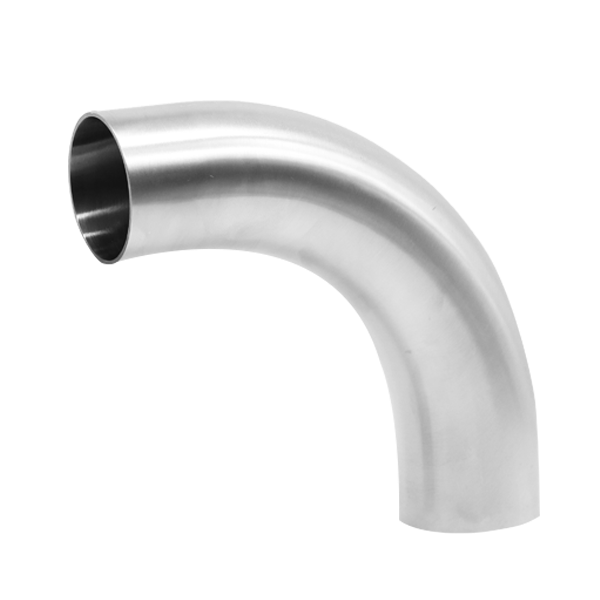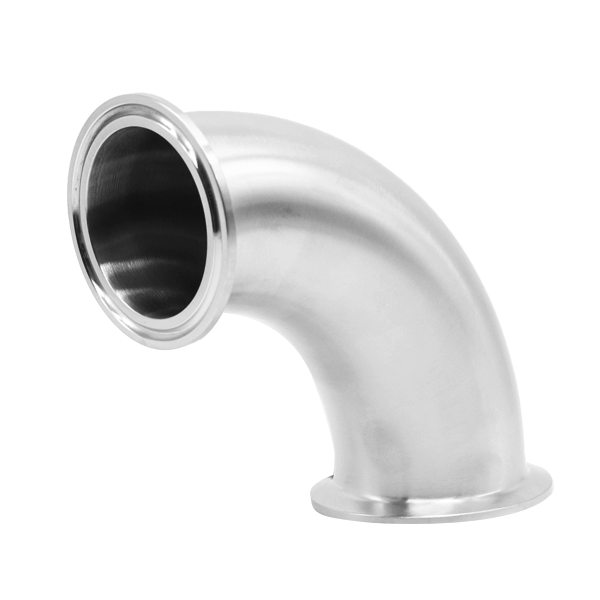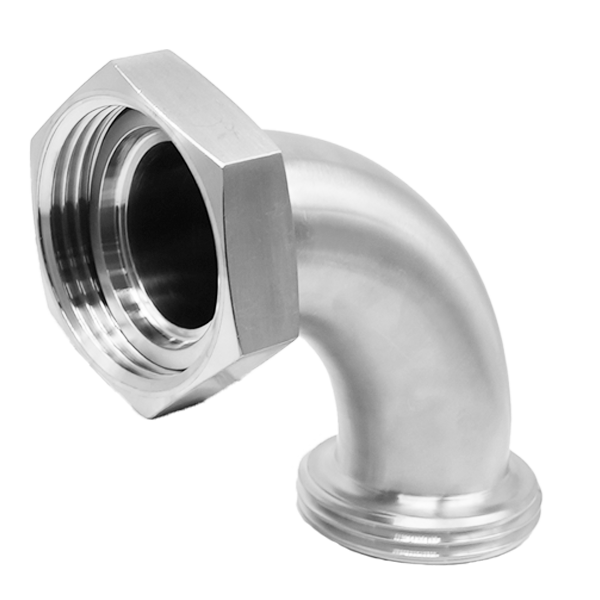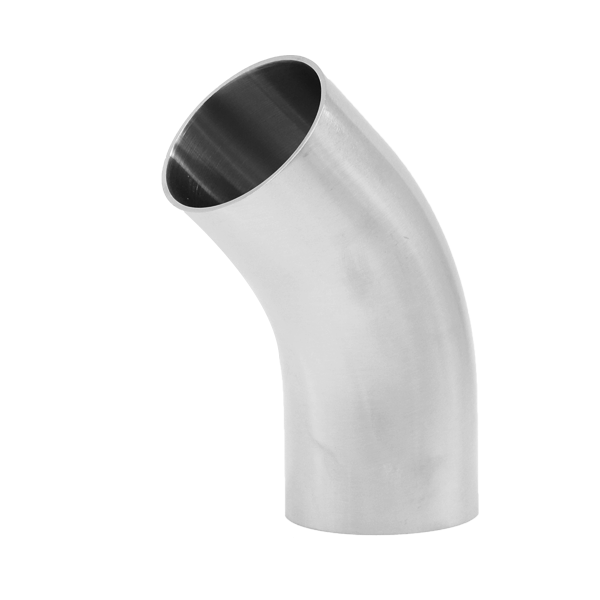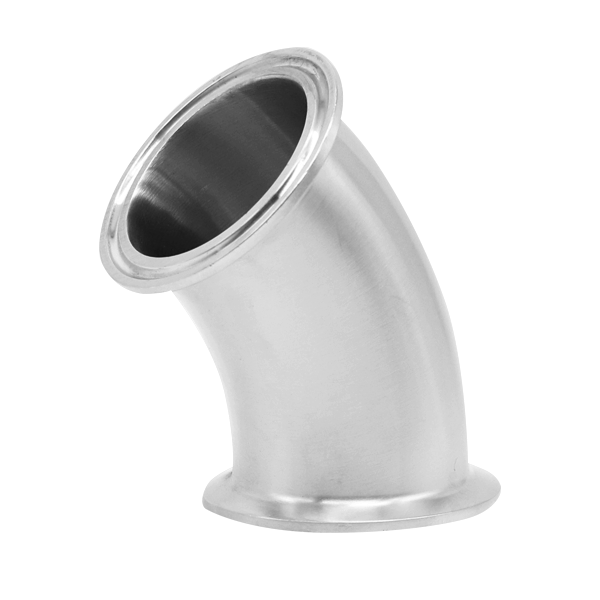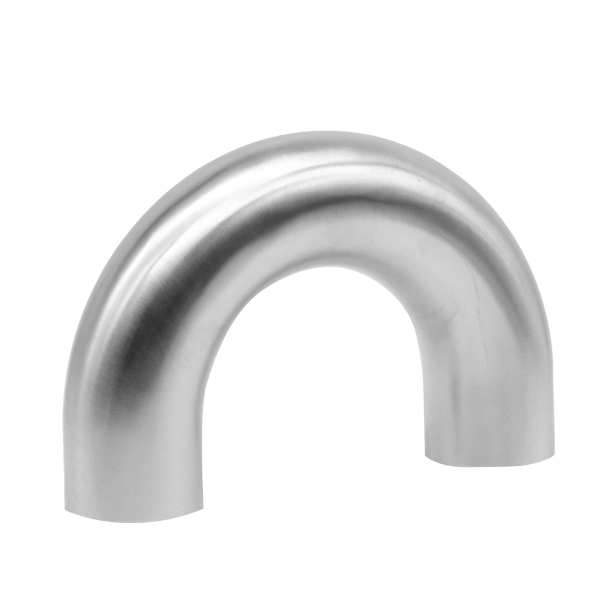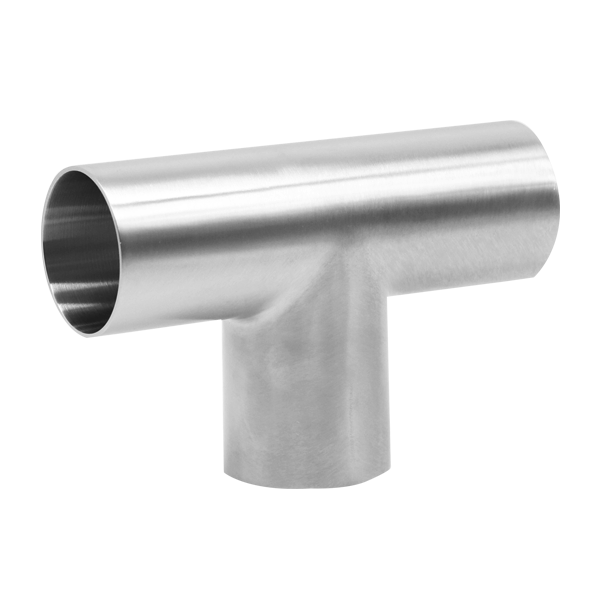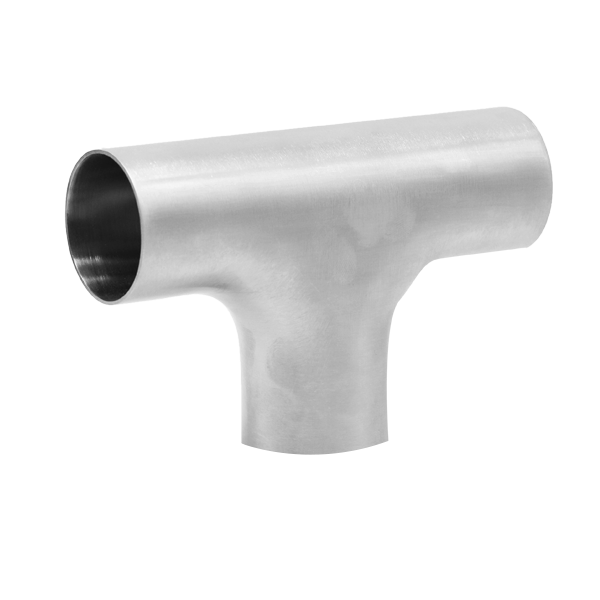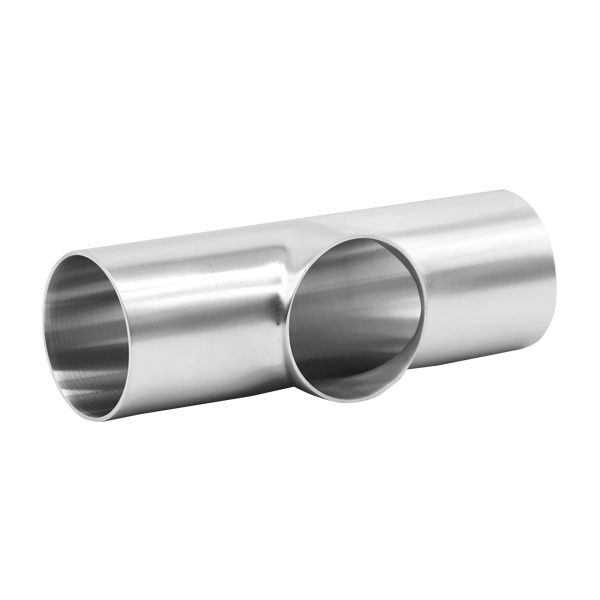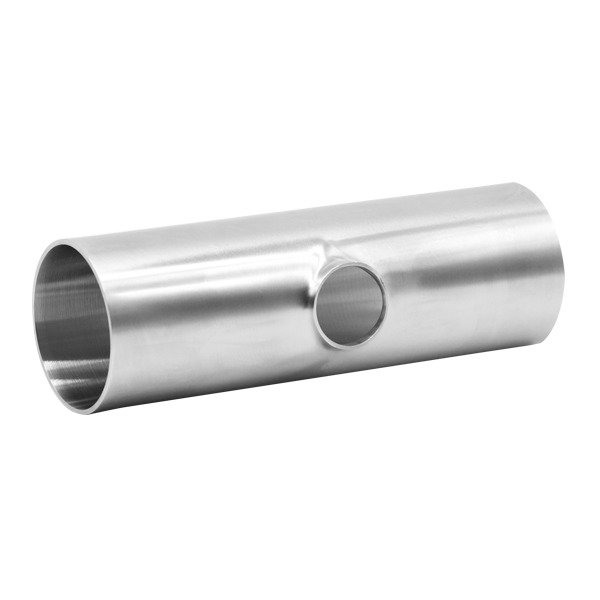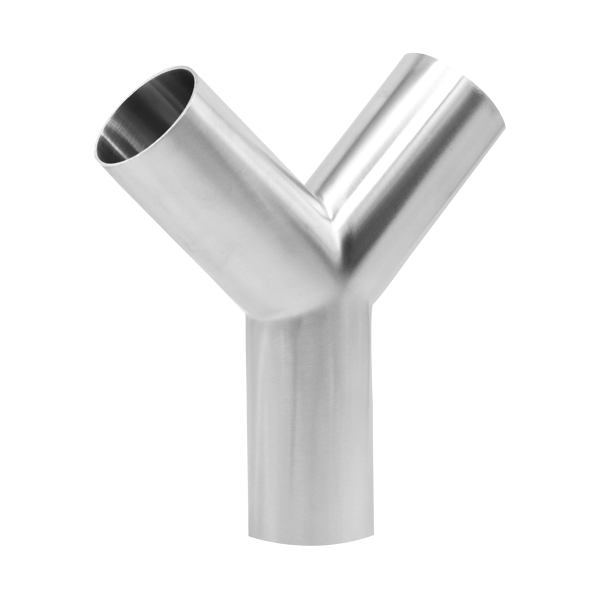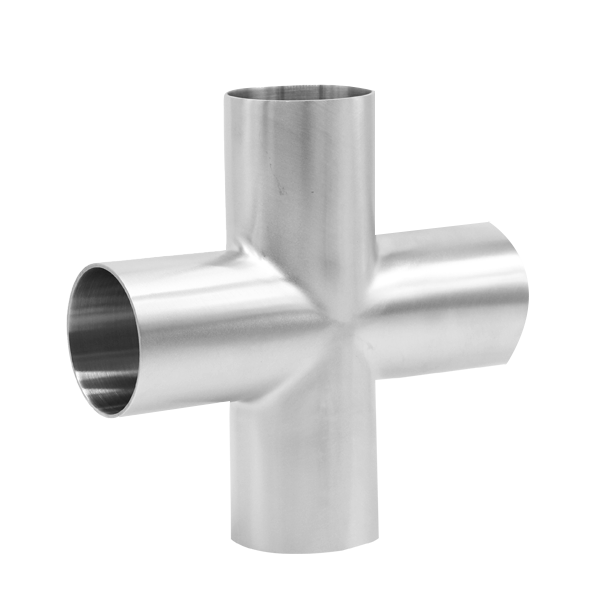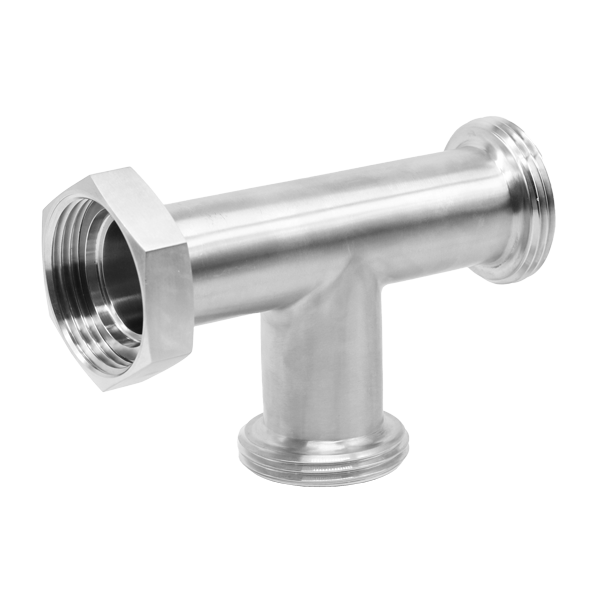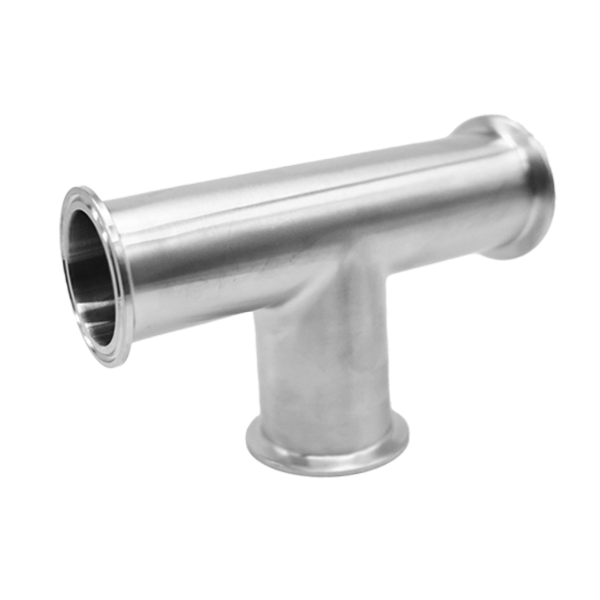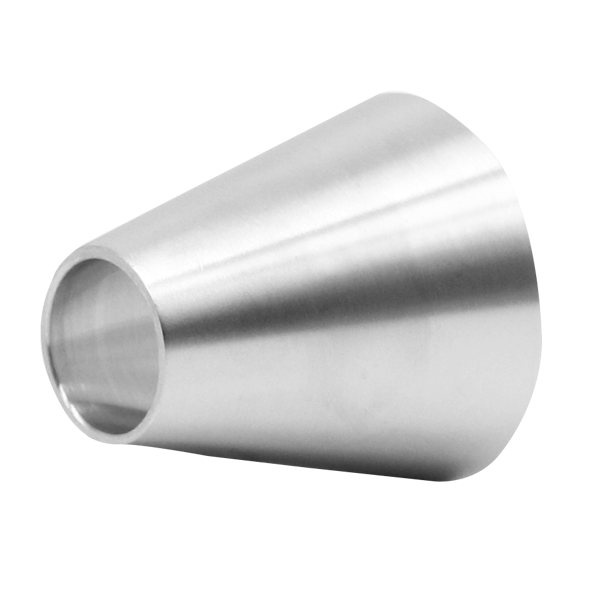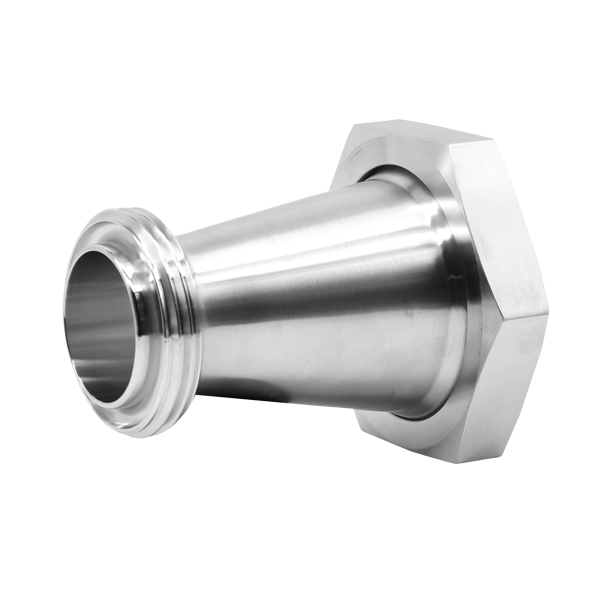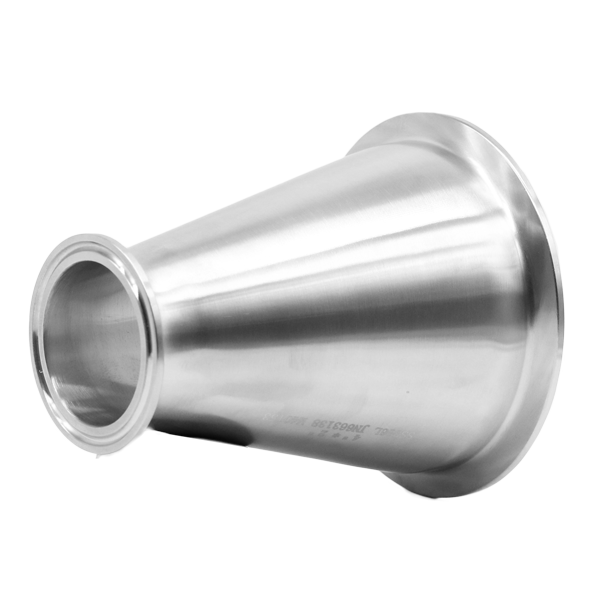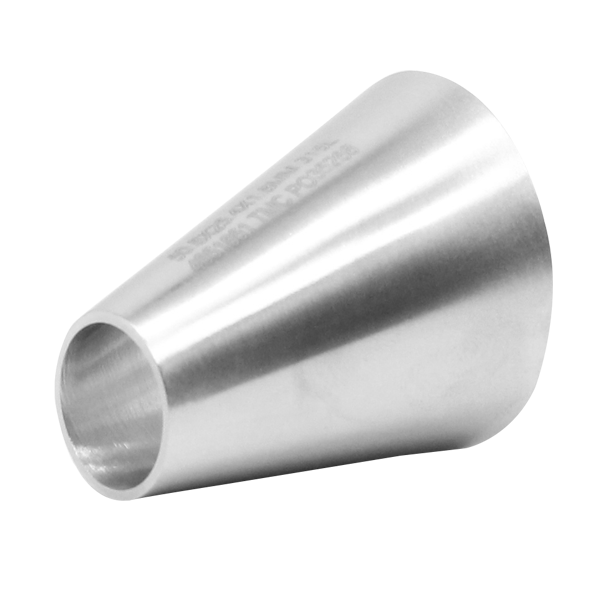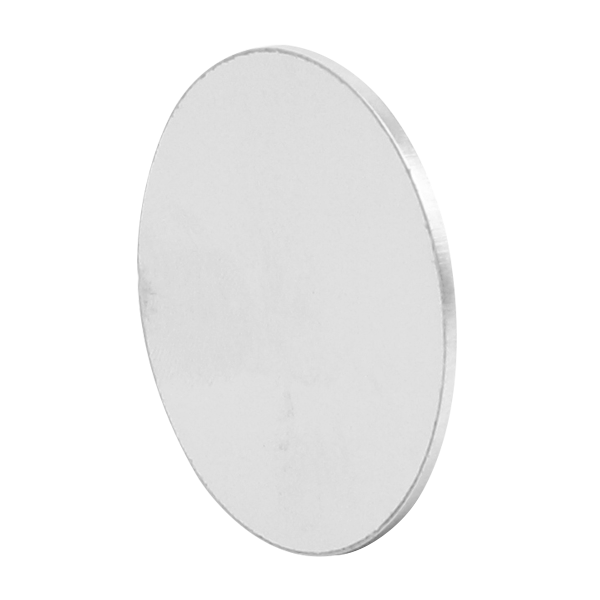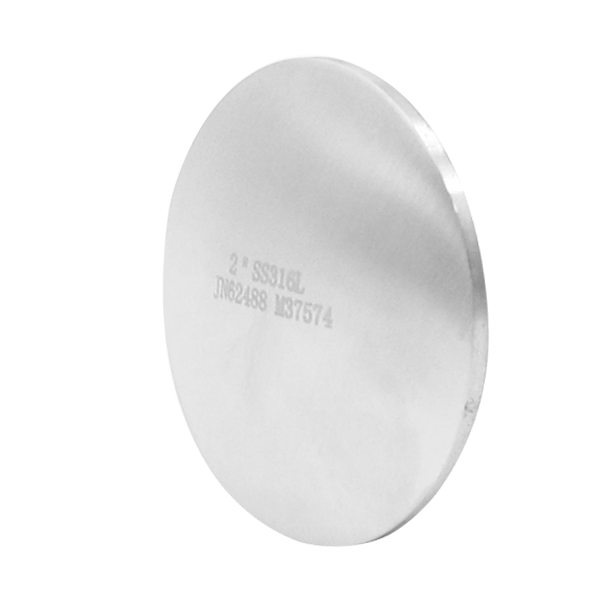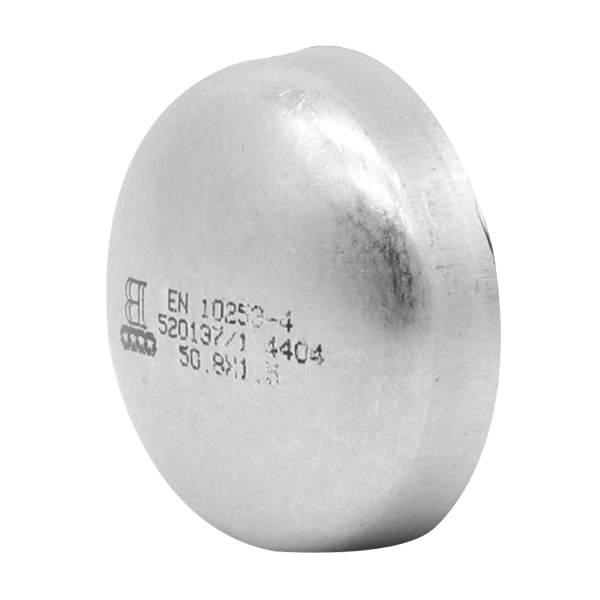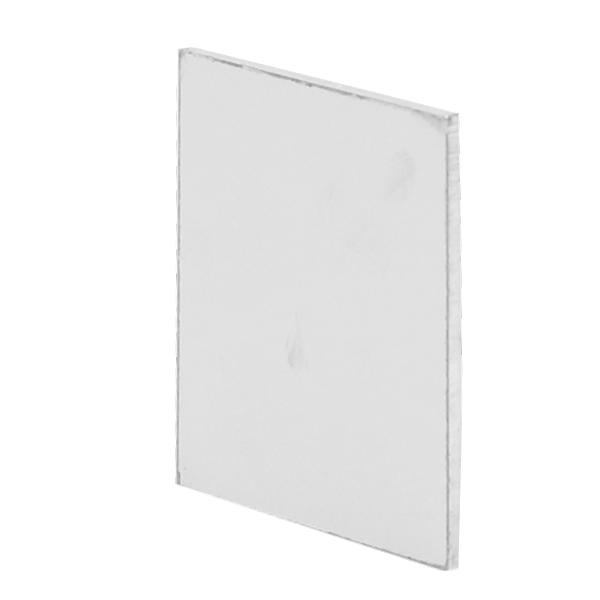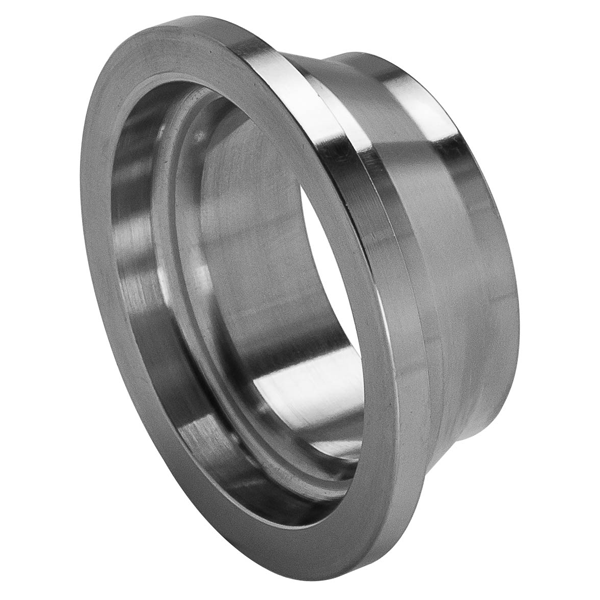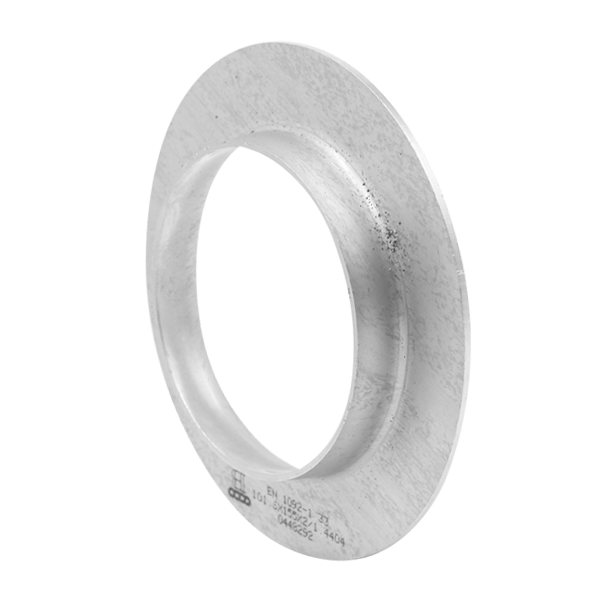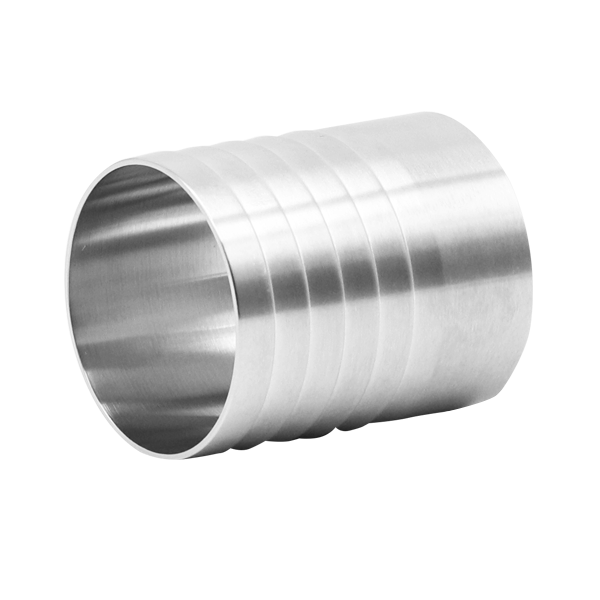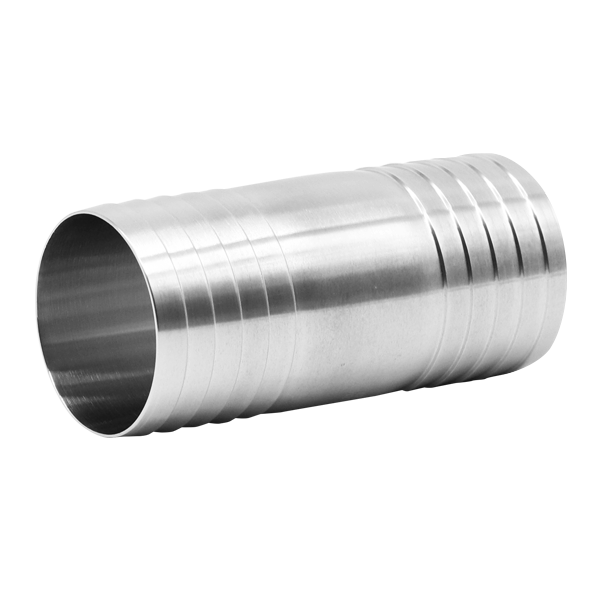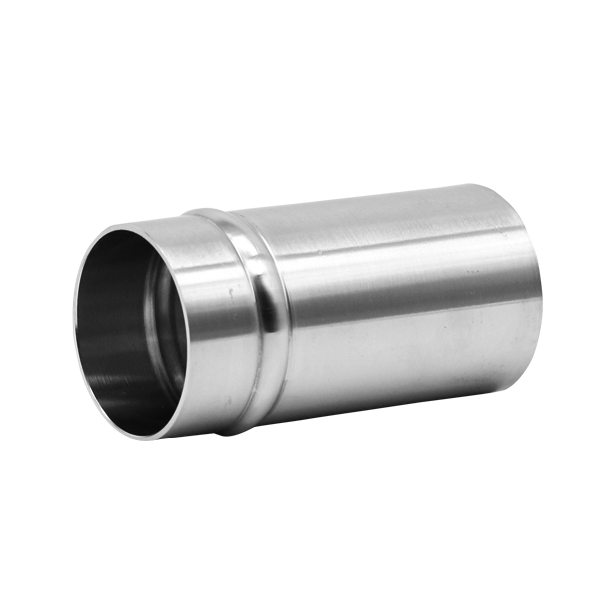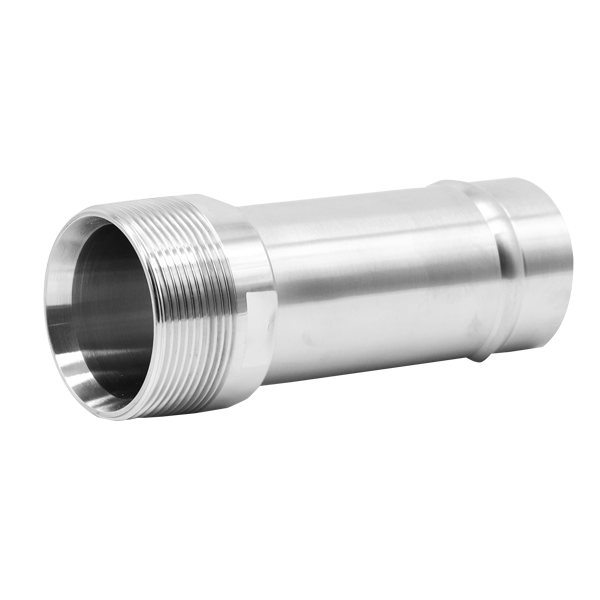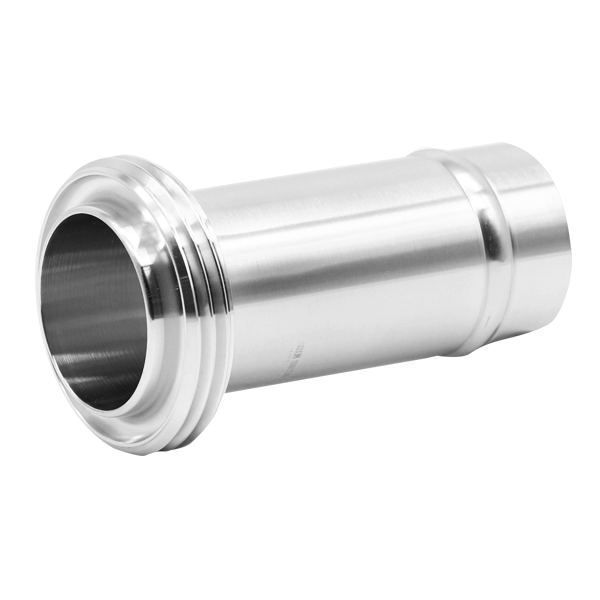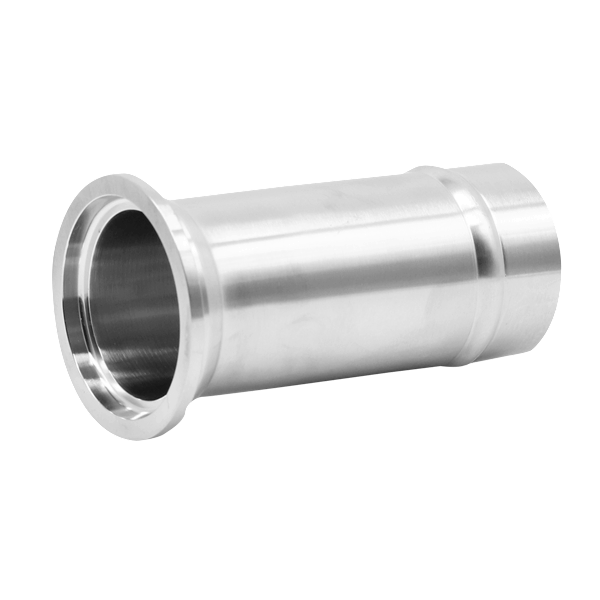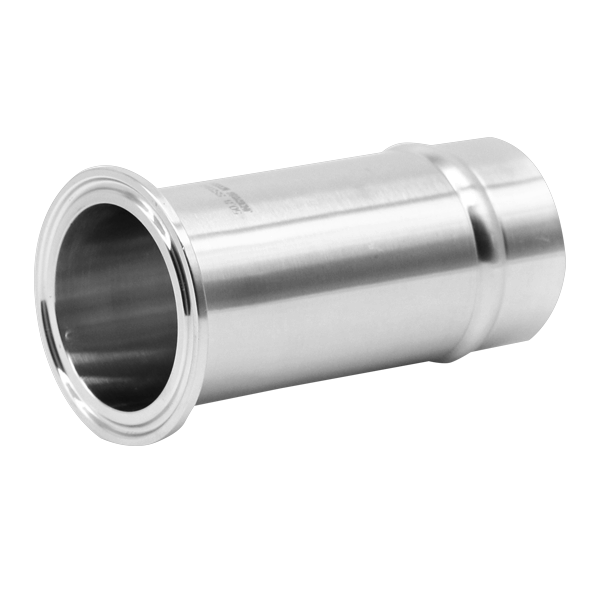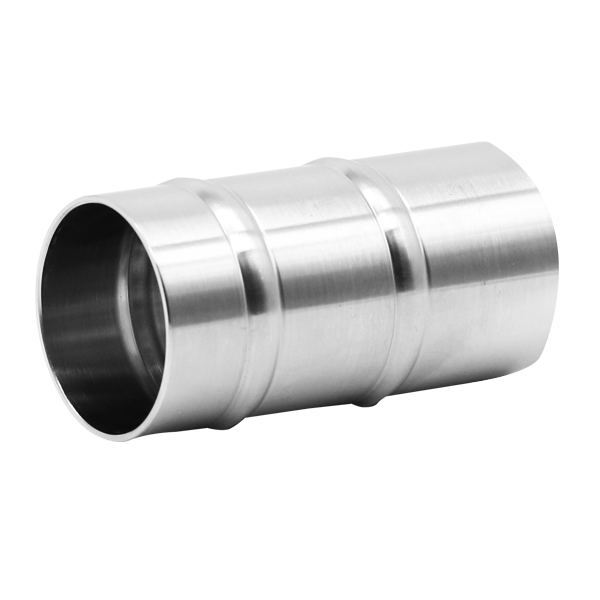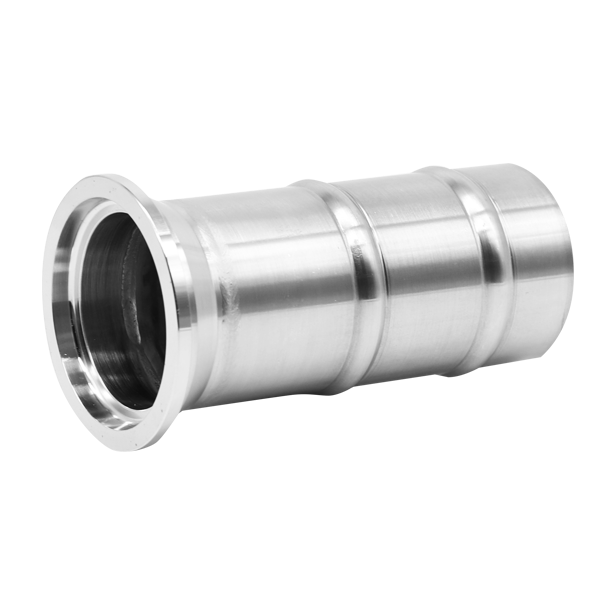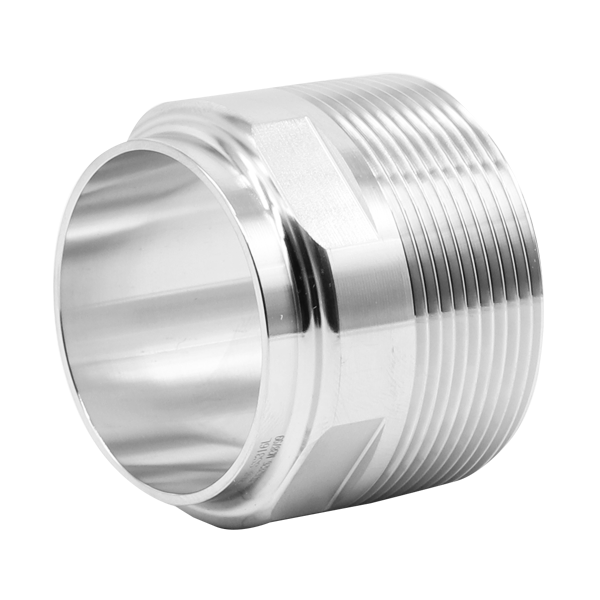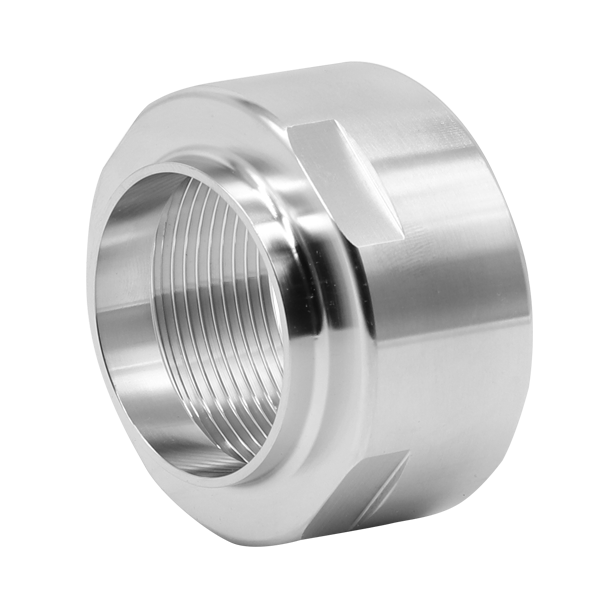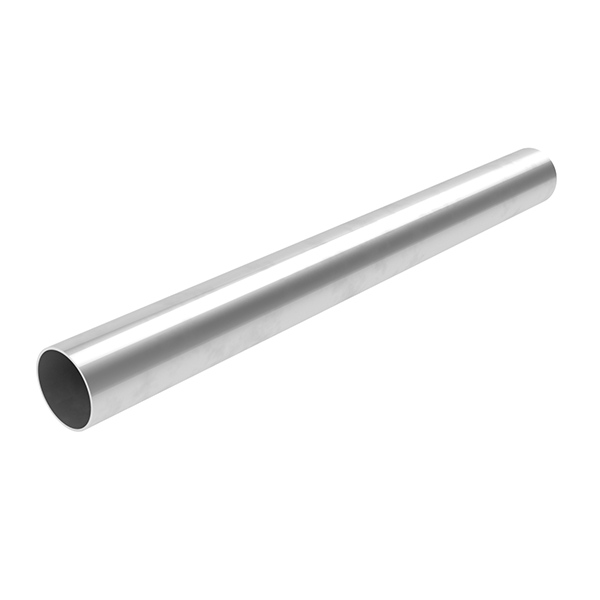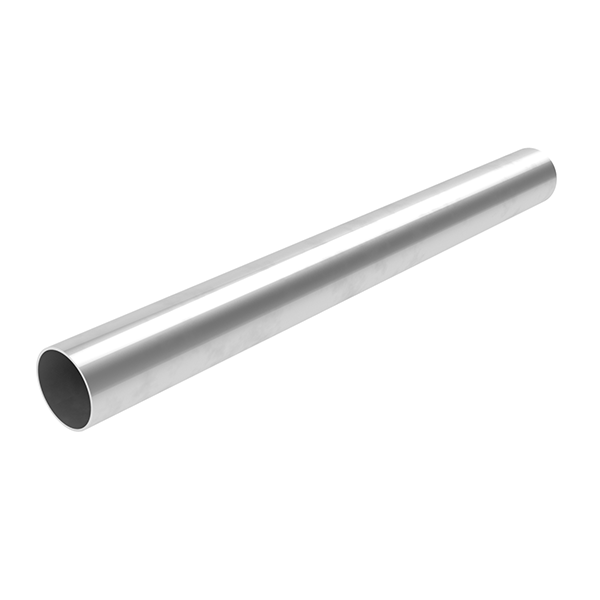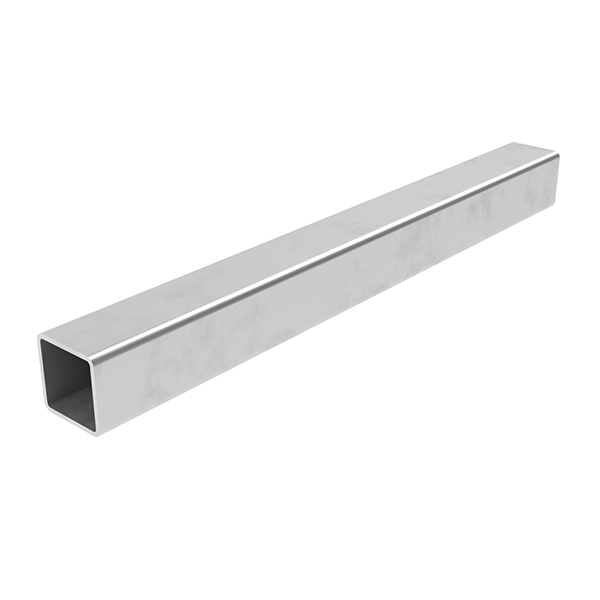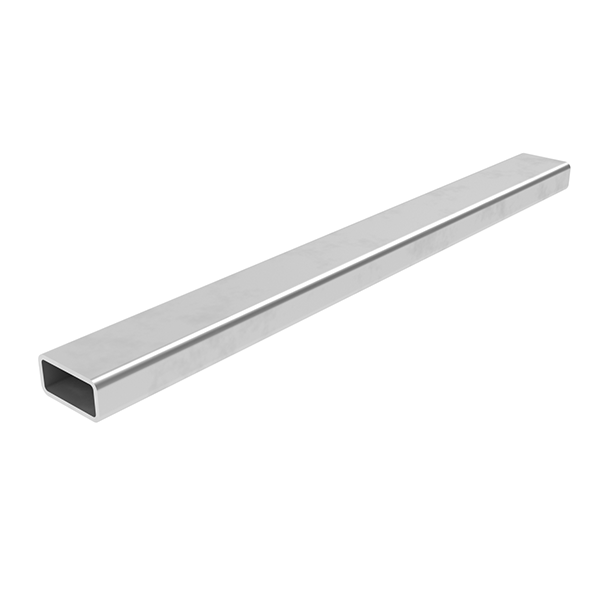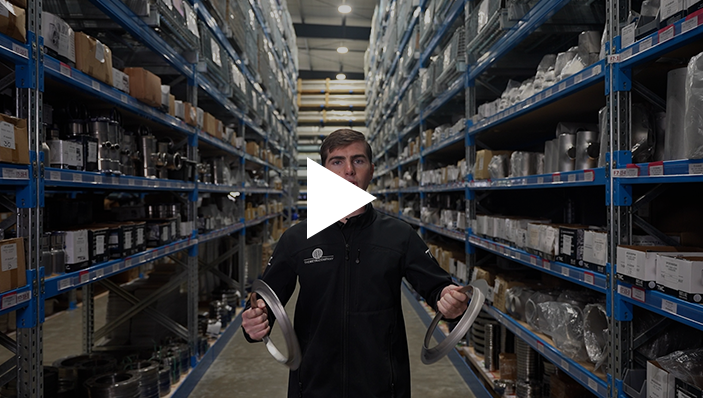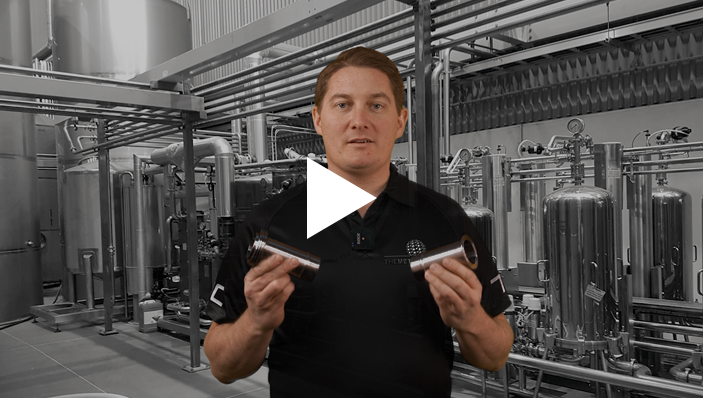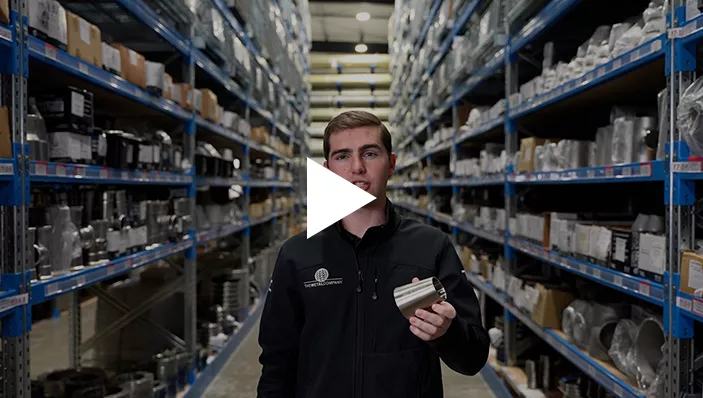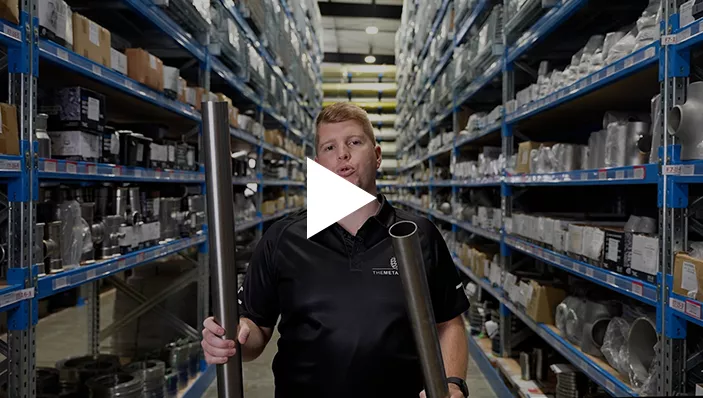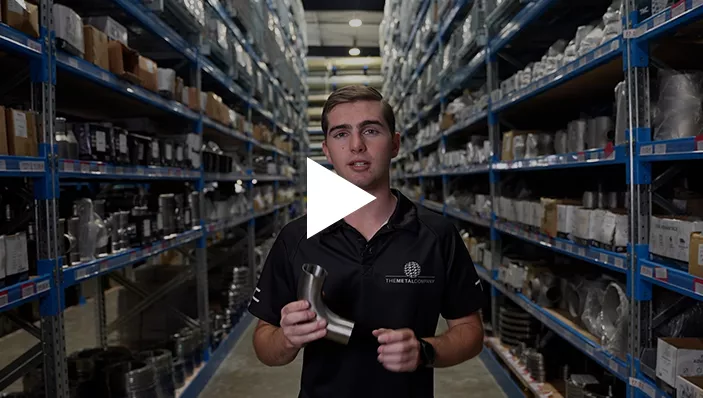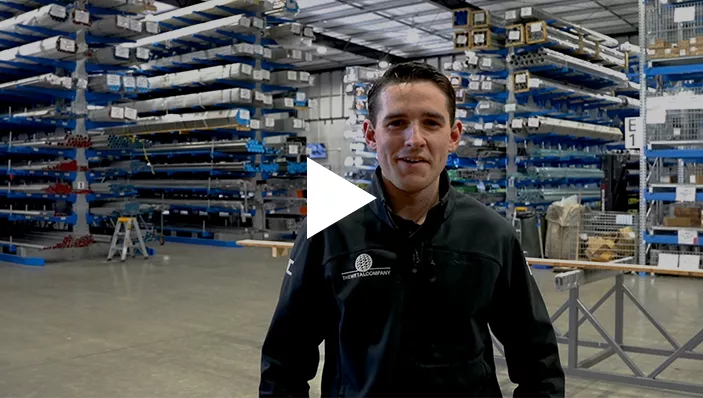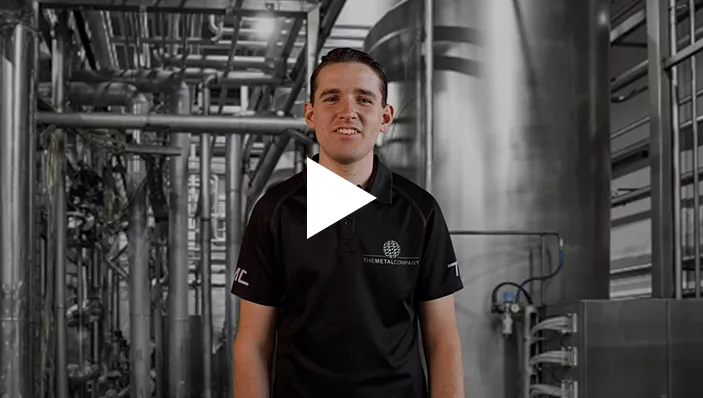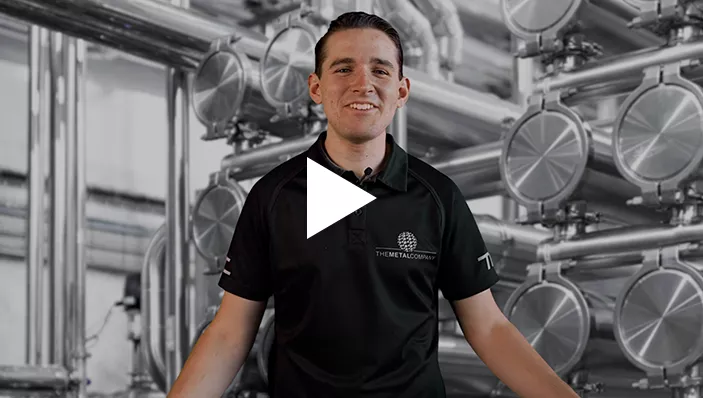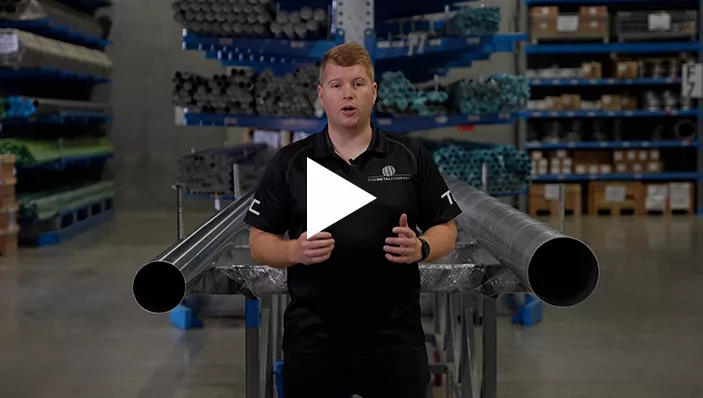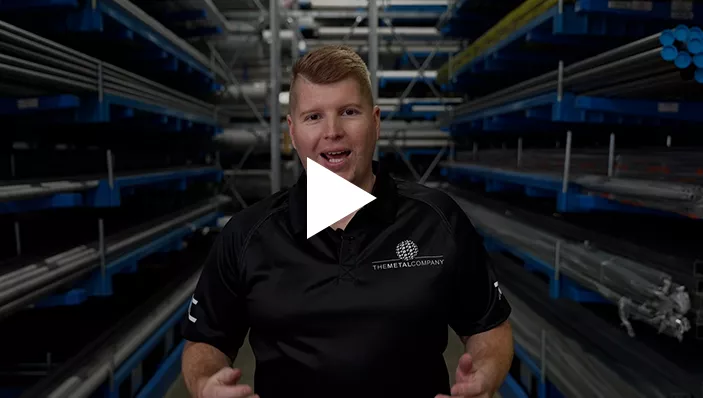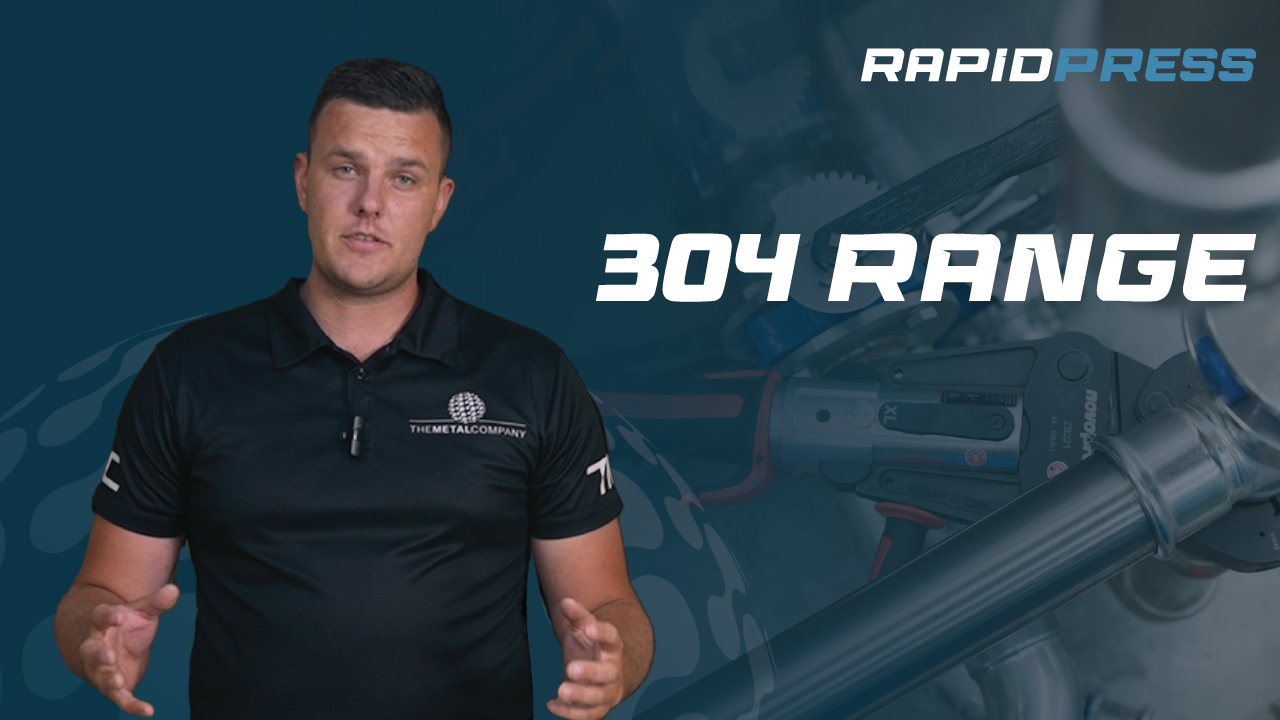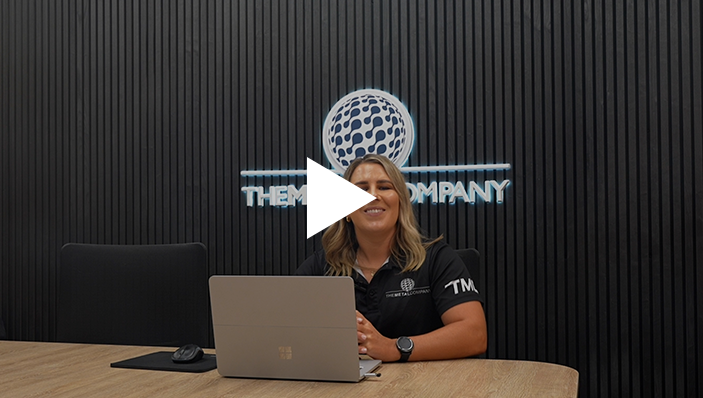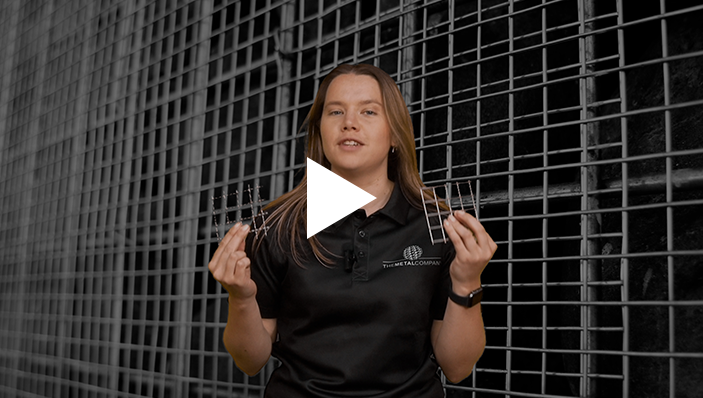OUR RANGE OF TUBE FITTINGS
Our Range of Tube Fittings
The Metal Company’s range of buttweld tube fittings includes bends, tees, and reducers. These fittings are most commonly buttwelded to dairy tube, and are hygienic.
All of our tube fittings are stocked in 316 grade stainless, except our bends, which are stocked in both 304 & 316. Our tube fittings are polished to a 320 grit satin finish, and most of the tube fittings we stock are manufactured to the AS1528.1 standard.
Bends
We stock tube bends in short, medium and long sizes and in 45, 90 and 180 degree formations. Tube bends are used to change the direction of flow. We stock bends to fit half inch, right up to 8 inch tube.
It’s important to know the difference between short, medium and long bends. Short bends have a short radius with no leg, except the 1 and 1 quarter inch size. They are great for tight spaces. Medium bends are the most common and are a standard bend across many industries. This bend is the same radius as the short bend, but it has a short, straight leg on the ends. Long bends have a longer radius and have longer legs on each end.
Tees
Tees are used to connect tube in three ways or divide the fluid flow. We stock six different types of tube tees; equal tees, equal Y tees, swept tees, pulled tees, reducing tees and equal cross’s. Equal tees, which are also known as straight tees, are the same diameter on all 3 sides and their legs are the same length from the centre. We also stock equal tee’s pre-welded with RJT’s or Tri Clovers on them. Equal Y Tees are the same diameter and leg length from the centre like a standard equal tee, but in a Y shape. There is 90 degrees between the top two branches, and 135 degrees between the bottom and top branches on both sides. Swept tees are the same as an equal tee, but they have a curved radius for the branch. This reduces flow restriction and allows the fluid to flow smoother than the sharp 90 degree turn in an equal tee. Pulled tees have the same overall length as an equal tee but the branch is pulled. This means the branch leg length is significantly shorter. Reducing tees are the same as a pulled tee but the branch reduces in diameter. For example, this 2” tee has a 1” branch. The equal cross is technically not a tee as it has 4 ports, but this has 4 equal length legs of the same diameter, at 90 degrees to each other.
Reducers
Tube reducers are used to join two different sizes of tube. There are two standard reducers; concentric reducers and eccentric reducers. Concentric reducers are shaped like a cone, with the smaller end being central to the larger end. In some sizes, we have these pre-welded with Triclover or RJT’s on the end. Eccentric reducers are offset so one side remains flat. This means one side of the tube can remain flat against a vertical or horizontal surface even when the tube diameter reduces. This is also helpful when draining a horizontal line. The total length of our reducers are equal to the largest diameter
Related Products
Learn about Stainless Steel and discover more about how we can help you with supply in your engineering business.
Watch the latest videos from The Metal Company to learn all about how our products and services can help you. We Make buying stainless steel easy.
More Videos About Tube
Our Range of Tube Fittings
The Metal Company’s range of buttweld tube fittings includes bends, tees, and reducers. These fittings are most commonly buttwelded to dairy tube, and are hygienic.
All of our tube fittings are stocked in 316 grade stainless, except our bends, which are stocked in both 304 & 316. Our tube fittings are polished to a 320 grit satin finish, and most of the tube fittings we stock are manufactured to the AS1528.1 standard.
Bends
We stock tube bends in short, medium and long sizes and in 45, 90 and 180 degree formations. Tube bends are used to change the direction of flow. We stock bends to fit half inch, right up to 8 inch tube.
It’s important to know the difference between short, medium and long bends. Short bends have a short radius with no leg, except the 1 and 1 quarter inch size. They are great for tight spaces. Medium bends are the most common and are a standard bend across many industries. This bend is the same radius as the short bend, but it has a short, straight leg on the ends. Long bends have a longer radius and have longer legs on each end.
Tees
Tees are used to connect tube in three ways or divide the fluid flow. We stock six different types of tube tees; equal tees, equal Y tees, swept tees, pulled tees, reducing tees and equal cross’s. Equal tees, which are also known as straight tees, are the same diameter on all 3 sides and their legs are the same length from the centre. We also stock equal tee’s pre-welded with RJT’s or Tri Clovers on them. Equal Y Tees are the same diameter and leg length from the centre like a standard equal tee, but in a Y shape. There is 90 degrees between the top two branches, and 135 degrees between the bottom and top branches on both sides. Swept tees are the same as an equal tee, but they have a curved radius for the branch. This reduces flow restriction and allows the fluid to flow smoother than the sharp 90 degree turn in an equal tee. Pulled tees have the same overall length as an equal tee but the branch is pulled. This means the branch leg length is significantly shorter. Reducing tees are the same as a pulled tee but the branch reduces in diameter. For example, this 2” tee has a 1” branch. The equal cross is technically not a tee as it has 4 ports, but this has 4 equal length legs of the same diameter, at 90 degrees to each other.
Reducers
Tube reducers are used to join two different sizes of tube. There are two standard reducers; concentric reducers and eccentric reducers. Concentric reducers are shaped like a cone, with the smaller end being central to the larger end. In some sizes, we have these pre-welded with Triclover or RJT’s on the end. Eccentric reducers are offset so one side remains flat. This means one side of the tube can remain flat against a vertical or horizontal surface even when the tube diameter reduces. This is also helpful when draining a horizontal line. The total length of our reducers are equal to the largest diameter
Related Products
More Videos About Tube
More Videos
You Ask, We Answer
Do you have questions regarding stainless steel, our products or our service? We would love to hear your suggestions for videos we could make.
